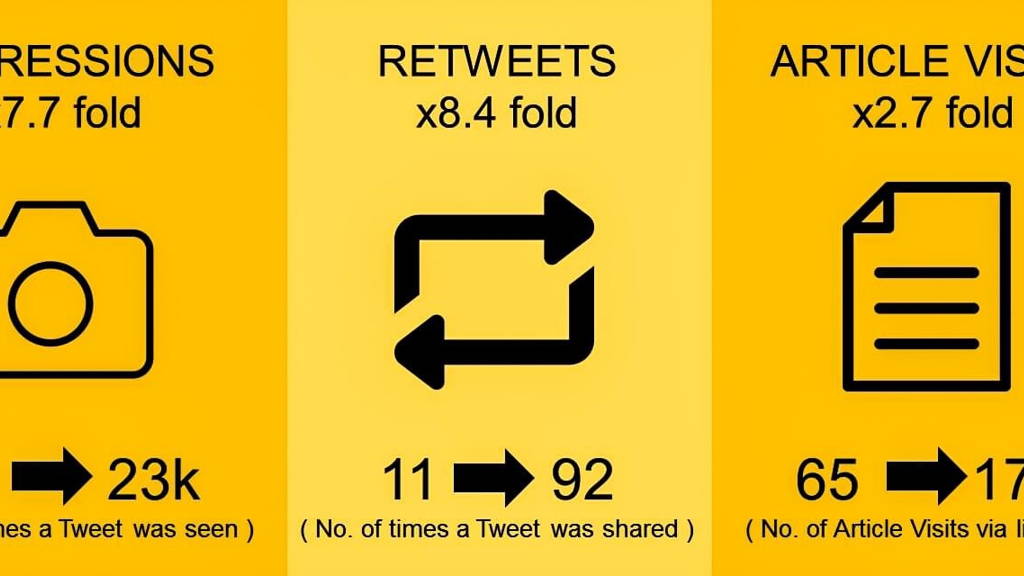Using visual abstracts is becoming more popular in the scientific world. It helps make complex research papers more understandable, by giving researchers an easy way to convey their message. It can be difficult to fit five or more years of research into one image, which is why more journals and institutions have begun offering help to researchers. Creating a marriage between the scientific expertise needed to make a visual abstract accurate and the design skills needed to make it readable at a glance is becoming a standard practice. Annals of Surgery started using visual abstracts last year, and has now published a study regarding the impact of this new approach.
A visual abstract should contain a short summarization of the research paper, using icons, words and numbers. The key is simplicity. Ibrahim thus states that an abstract is never a replacement for the full paper. It is simply a way for busy readers and physicians to quickly determine whether or not the full report is of interest to them. It turned out to be a wise decision; the first visual abstract attracted 10 times more retweets than usual.
Not surprisingly, the tweets with the visual abstract were retweeted more than eight times as often. These tweets also ended up being seen by almost eight times as many people. The visual abstract turned out to not just be a click-and-share bait. The links in tweets with a visual abstract were clicked by 2.7 times as many people. This shows that people do engage with the full paper behind the image.
Annals will study this over the longer term to see if has an impact on citations of papers. In January of this year, Annals began inviting all researchers whose work was accepted for publication to use a template to create a draft visual abstract for their work. Ibrahim edits them and shares them via the Annals twitter account, which has more than 18,000 followers.
Ibrahim has also offered materials on the web for other researchers who wish to create their own visual abstracts, and has helped other journals understand the key principles of designing them.
Summary of a study
Andrew M. Ibrahim MD, MSc, studied both architecture and design and medicine. He is now the founding Creative Director of Annals of Surgery, which began creating visual abstracts for selected research papers July 2016. He launched the use of visual abstracts as a way to engage more directly with readers via social media.A visual abstract should contain a short summarization of the research paper, using icons, words and numbers. The key is simplicity. Ibrahim thus states that an abstract is never a replacement for the full paper. It is simply a way for busy readers and physicians to quickly determine whether or not the full report is of interest to them. It turned out to be a wise decision; the first visual abstract attracted 10 times more retweets than usual.
More retweets, clicks and views
To document the exact impact of the new approach, Ibrahim and colleagues chose 44 important research papers for the Annals Twitter account to share, both with and without visual abstracts attached to the tweets. 22 of those papers were first tweeted out without a graphic attached. The visual abstract about these papers was sent out later. The other 22 papers were tweeted out in the opposite order.Not surprisingly, the tweets with the visual abstract were retweeted more than eight times as often. These tweets also ended up being seen by almost eight times as many people. The visual abstract turned out to not just be a click-and-share bait. The links in tweets with a visual abstract were clicked by 2.7 times as many people. This shows that people do engage with the full paper behind the image.
Annals will study this over the longer term to see if has an impact on citations of papers. In January of this year, Annals began inviting all researchers whose work was accepted for publication to use a template to create a draft visual abstract for their work. Ibrahim edits them and shares them via the Annals twitter account, which has more than 18,000 followers.
Ibrahim has also offered materials on the web for other researchers who wish to create their own visual abstracts, and has helped other journals understand the key principles of designing them.






